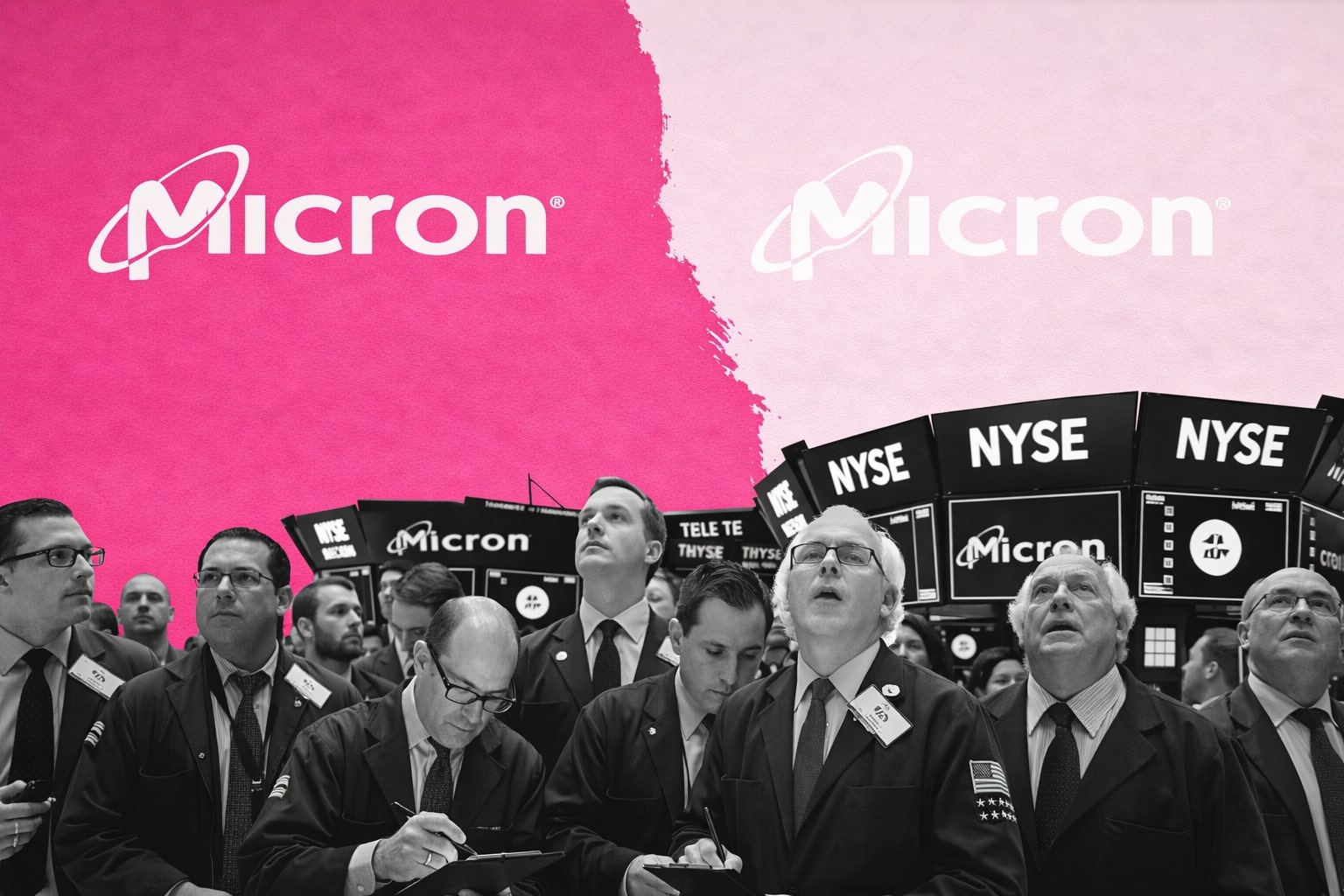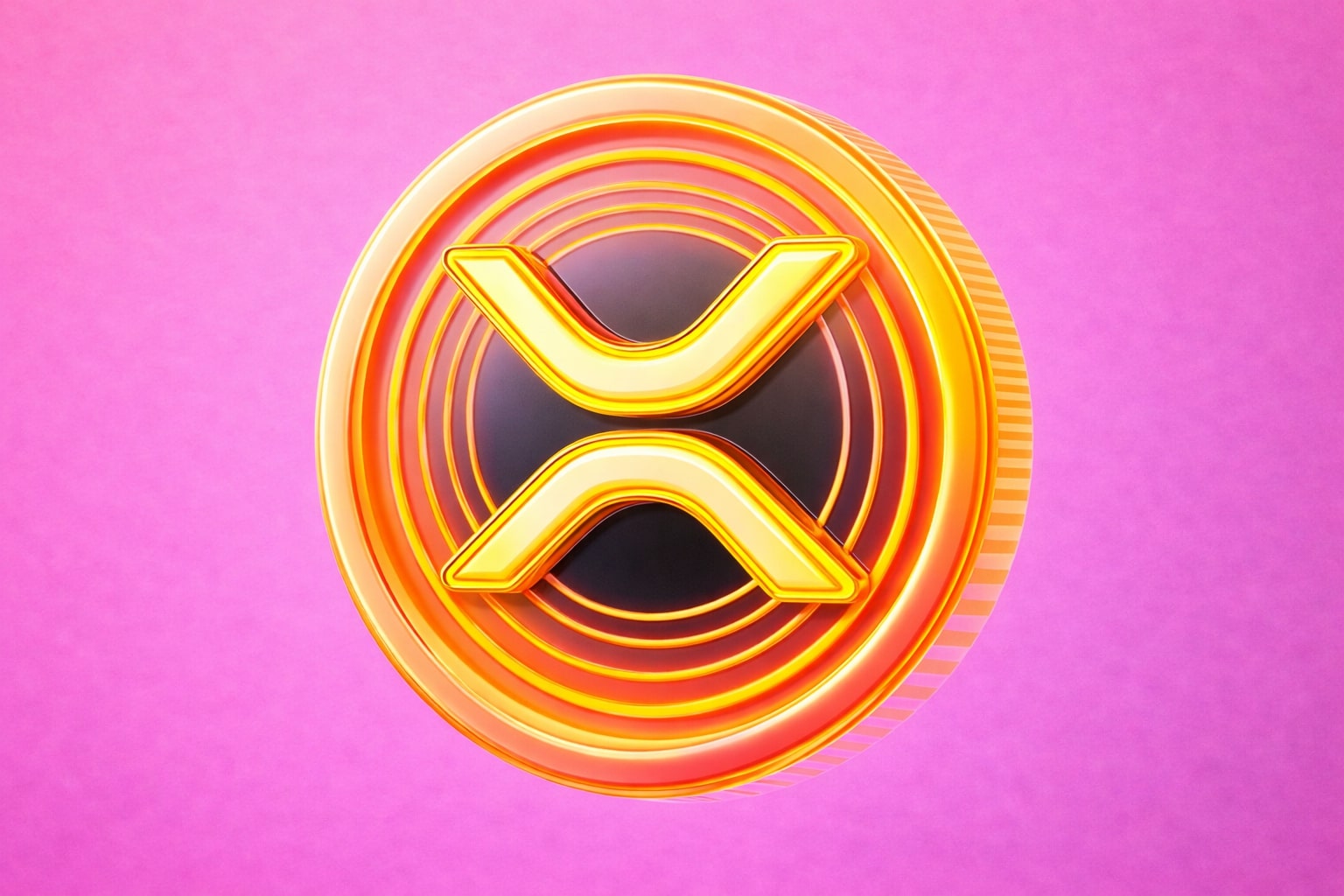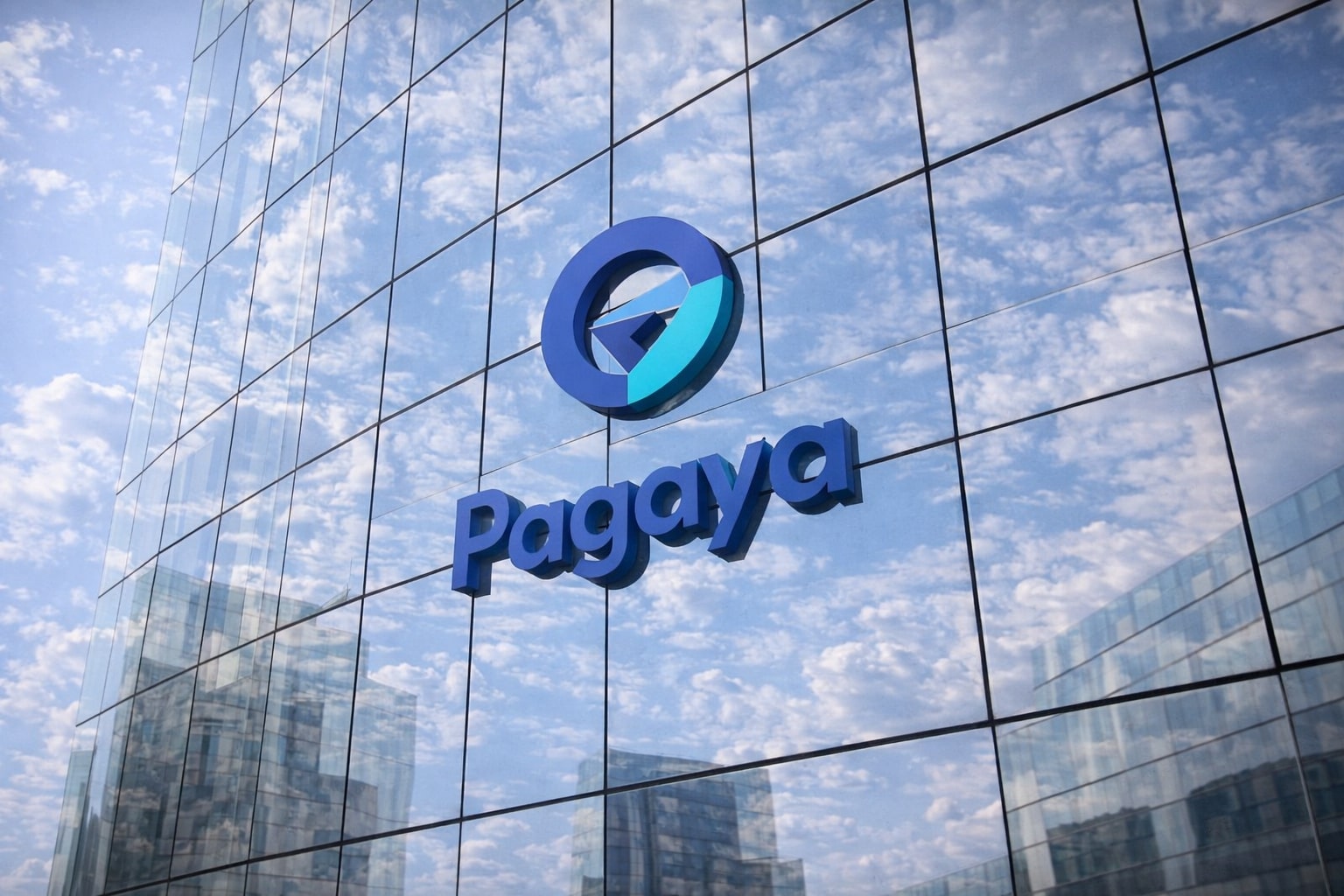
Copper Trading News: Opportunities, ETF China and BlackRock
Copper Investment amid China's Construction Boom and the Burgeoning EV Sector
Amid a burgeoning interest in electric vehicles (EVs), the ever-changing dynamics of the copper market, a key component for EVs and batteries, have caught the attention of many investors. A significant portion of copper demand comes from China, responsible for 59% of global demand due to the country's substantial manufacturing and construction sectors. While exposure to the EV theme has proven fruitful for some investors, diversified portfolio strategies often yield the best outcomes, says Shen.
One pathway for investors to gain access to the lucrative copper market is through ETFs like the Global X Funds - Global X Copper Miners ETF (Symbol: COPX). It grants investors exposure to leading copper mining companies, and it is closely linked to the performance of copper prices, albeit with a considerably higher degree of volatility. The rise and fall of the COPX ETF mirror the US and China's manufacturing PMI indices, strong indicators of manufacturing GDP growth and fluctuating demand.
Investors should note that the copper market can be unpredictable due to a myriad of factors, and understanding specific market conditions could be beneficial. A closer look at the COPX reveals some of the intricacies and potential opportunities available. For instance, new options became available this week for the June 16th expiration, which offers an attractive alternative to buying shares at the current price. There are both put and call contracts that may interest potential investors.
The put contract at the $39.00 strike price has a current bid of 20 cents. Investors willing to sell-to-open that put contract commit to purchase the stock at $39.00 but also collect the premium, reducing the cost basis of the shares to $38.80 (excluding broker commissions). The $39.00 strike signifies roughly a 1% discount to the current trading price, and there's a 67% chance that the put contract would expire worthless. If that happens, the premium would signify a 0.51% return on the cash commitment, or a 93.59% annualized return, known as the YieldBoost.
Meanwhile, on the calls side, the call contract at the $40.00 strike price is currently bid at 15 cents. This allows an investor to buy shares of COPX stock at the current price level of $39.47/share and sell-to-open that call contract as a "covered call." They commit to sell the stock at $40.00, with a total return (excluding dividends, if any) of 1.72% if the stock gets called away at the June 16th expiration. However, substantial upside could potentially be left untapped if COPX shares experience a dramatic increase. This point emphasizes the importance of understanding the trailing twelve-month trading history and studying the business fundamentals.
Moreover, copper prices have rebounded due to China's construction stimulus and easing lockdowns. However, China's real estate bubble, which accounts for around 30% of all global copper consumption, might not be sustainable. Despite the growing demand for copper from China, and supply disruptions in South America, causing a substantial temporary price increase, the long-term impact of electric vehicle and battery technology on overall copper demand might not be significant compared to infrastructure and construction needs.
Over the past two months, significant bifurcation has occurred in global manufacturing PMI data, indicating a divergence in economic growth between various regions. Asian and South American countries, for example, have seen a strong rebound in PMI data, while most European and other Western countries continue to decline. These trends could result in a positive outlook for copper, with most of it mined in South America and sold to China.
However, the opaque nature of China's economic data and the potential risks of a declining construction demand market pose a significant challenge to investors. It is crucial to recognize the uncertainty surrounding the long-term sustainabilityof China's construction-driven demand for copper. China's construction industry, accounting for roughly 30% of all global copper consumption, has long been in a state of a bubble. The country's high home vacancy rates and skyrocketing home price-to-income ratios suggest that China's property bubble may soon burst, potentially leading to a collapse in construction activity and consequently, a decline in copper demand.
As such, while COPX may provide an effective avenue for exposure to the copper market, investors need to tread cautiously given the uncertainties surrounding China's construction market. Despite the country's significant efforts to stimulate its construction sector and maintain high levels of activity, it is unlikely that this pattern can continue indefinitely, considering the country's high vacancy rate and declining population.
On the supply side, the outlook for copper remains equally uncertain. Copper production levels from most miners remain relatively low due to various pressures in South American production bases. Copper inventories are at historically low levels, potentially creating a significant squeeze on the metal if the deficit continues to grow. This deficit has been fuelled by increased demand from China and supply disruptions in South America.
In the face of these uncertainties, investors have also been considering other ways to gain exposure to the electric vehicle (EV) industry. The China ETF (CETF), for instance, provides access to the 50 largest companies in mainland China, including those in the EV and EV battery manufacturing sectors. The CETF has a 6.7% exposure to EV battery manufacturing (namely Contemporary Amperex), and 3.7% in EV manufacturers (including Great Wall Motor and BYD). This diversified approach provides a broader, yet still targeted, exposure to the EV theme.
However, it's important to note that in the long term, EVs and battery technology are unlikely to have any significant impact on total copper demand, as the infrastructure and construction sectors require significantly more copper. Therefore, while the recent upturn in the copper market, driven by EVs and China's construction stimulus, may seem promising, investors need to carefully consider the long-term sustainability of these demand sources.
Investing in copper or related sectors is not without its complexities and risks. It requires careful consideration of the geopolitical climate, economic policies, and market trends. Given the significant role China plays in the copper market, a thorough understanding of its economy and policies is critical. Furthermore, investors need to be aware of the possible changes in the copper market dynamics and adjust their strategies accordingly. The rapid rise of EVs and their implications for the copper market underscores the need for investors to be agile and responsive to industry trends.
Global X is implementing a strategic change in its approach to staying competitive in the evolving ETF market. The firm announced it's slashing fees on its copper miners ETF just a week following BlackRock's introduction of a parallel strategy at a lesser cost. The total expense (TER) on the Global X Copper Miners UCITS ETF (COPX), previously at 0.65%, is being decreased to 0.55%. This rate matches that of BlackRock’s newly launched fund, thus positioning Global X to potentially retain its investors within its $58 million ETF, rather than seeing them defect to the iShares product.
As it stands, COPX and the iShares Copper Miners UCITS ETF (COPM) are the sole copper miners ETFs available on the European market. The former had its inception in November 2021. Interestingly, the announcement of the iShares Copper Miners UCITS ETF (COPM) came to light recently, with the listing on the Euronext Amsterdam occurring on 21 June. As for Global X, they have kept quiet on the matter, only informing shareholders that the fee cut would be effective from July 5.
In terms of performance, COPX has yielded a return of 6.8% year to date, even as copper prices continue to fluctuate due to concerns over the materialization of China’s anticipated rebound. The narrative of China's re-opening gave copper exchange-traded products a strong kick-start to the year.
BlackRock's rationale behind launching COPM was to establish it as an investment avenue linked to the global transition to net zero. Given copper’s critical role in electronification across renewable energy sectors, electric vehicles, and wider infrastructure, this strategy stands on solid ground.
The transition to cleaner and greener technologies has propelled substantial demand for copper in recent years. JP Morgan projects that the global copper supply will need to expand by 54% by 2030 to maintain the current trajectory towards achieving net-zero emissions. The looming question is whether this surge in demand can be met given the current and future constraints on copper supply.
Overall, while the EV theme presents exciting opportunities for investors, a diversified portfolio strategy might be the best approach to navigate the uncertainties in the copper market. By broadening their exposure beyond a single commodity, investors can potentially reap the benefits of the growing EV sector while also managing the associated risks. Whether it's through ETFs like COPX or CETF, or other investment vehicles, staying informed and understanding the underlying factors driving the market will be crucial for investment success.
Read More
-
Pagaya Stock Price Forecast - PGY at $23.20: Is PGY Stock the Cheapest AI Fintech of 2026?
19.12.2025 · TradingNEWS ArchiveStocks
-
XRP Price Forecast: XRP-USD Stuck at $1.87 With $3 2026 Target and $10–$25 Long-Term Range
19.12.2025 · TradingNEWS ArchiveCrypto
-
Oil Price Forecast: WTI Near $56 and Brent at $60 Signal Risk Toward $50
19.12.2025 · TradingNEWS ArchiveCommodities
-
Stock Market Today: AI Chip Rally Lifts Nasdaq as $7.1T Quad Witching Hits
19.12.2025 · TradingNEWS ArchiveMarkets
-
GBP/USD Price Forecast - Pound at 1.34 As BoE Cut And Soft Dollar Keep Bullish Path Toward 1.35
19.12.2025 · TradingNEWS ArchiveForex



















